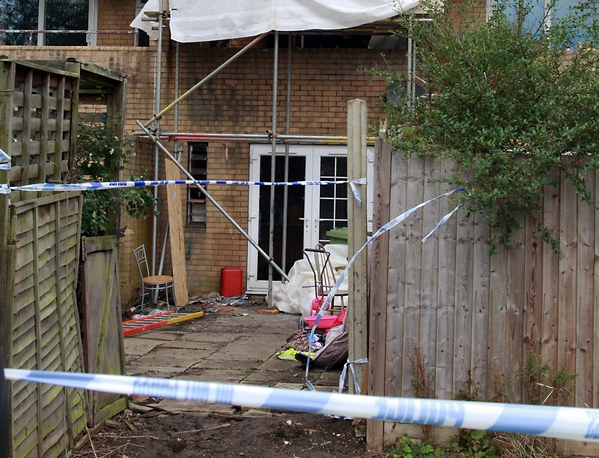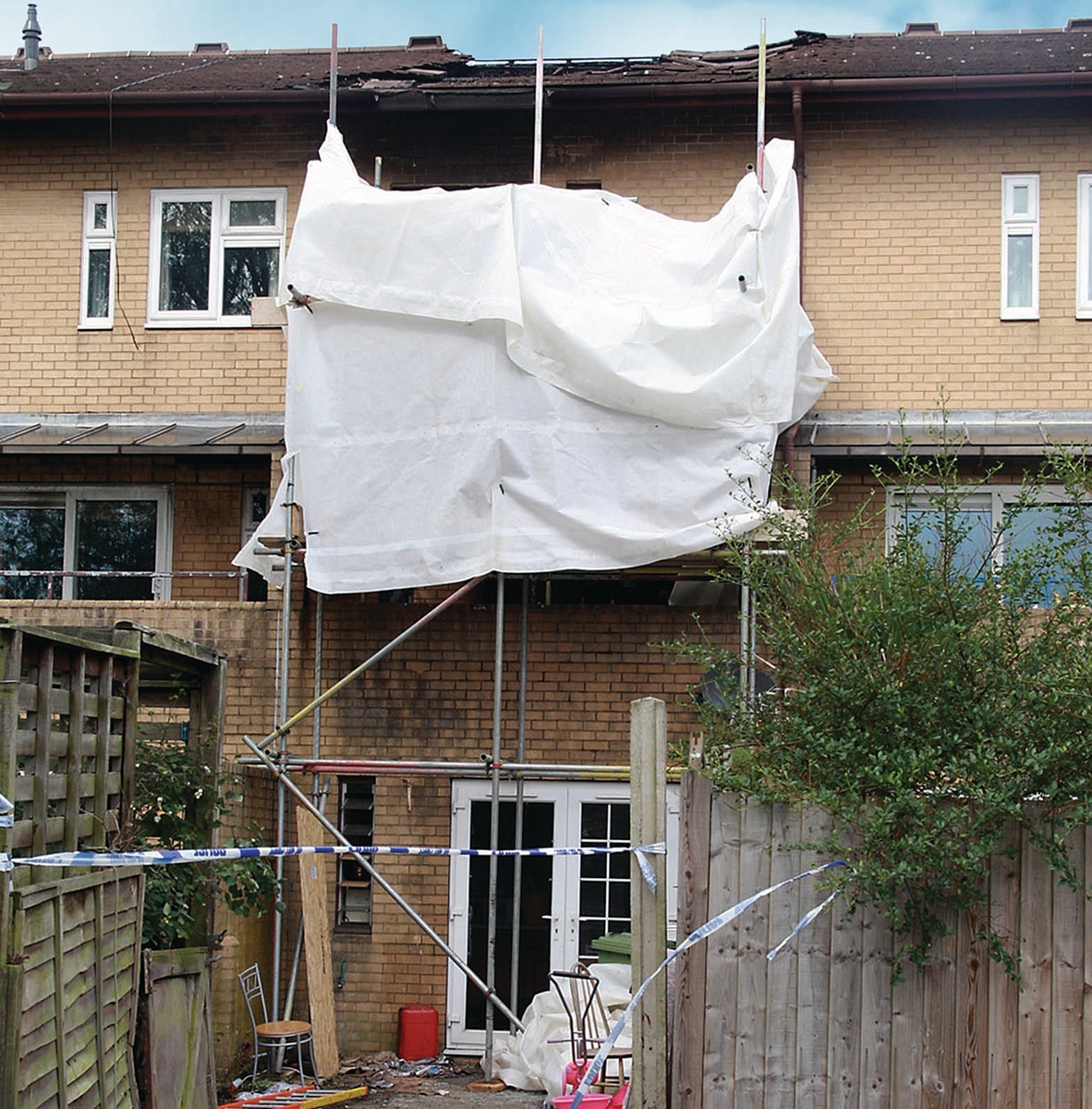Playing by the rules
The Ministry of Justice has reinforced the importance of coroners’ rule 43 reports, which set out ways in which future deaths could be prevented. So why are so many housing-related recommendations rejected? Keith Cooper investigates
Coroners have been attempting to cattle-prod landlords and the government towards better and safer practices for centuries. Recommendations raised during inquests into people’s deaths are certainly hard to ignore. An Inside Housing review of some recent cases reveals that an increasingly acrimonious battle has broken out between coroners endorsing extra state intervention and the ambition of the government to reel it in.
The issues have been high-profile of late, after two coroners issued a raft of recommendations earlier this year following a fire that killed six people in Southwark’s Lakanal House in 2009, and a fire that killed two firefighters in Southampton’s Shirley Towers.
The Communities and Local Government (CLG) department rejected calls from the coroner to change building regulations to make clasps holding domestic wiring fire-resistant in the Southampton case.
The obvious tensions reached snapping point last year during a war-of-words between ministers and one coroner, who has persistently but unsuccessfully campaigned for the mandatory installation of hardwired smoke alarms in private rented properties.
West Sussex coroner Penelope Schofield appeared to become increasingly frustrated as she pushed the CLG to adopt the measure no fewer than three times over a 12-month period, letters seen by Inside Housing reveal.
Each one was dispatched following inquests in which the deceased person had been vulnerable and privately renting a property where smoke alarm batteries had been removed. Her frustration at the CLG’s resistance to her advice appears at one point to tip over into incredulity.
‘Are we going to see yet more loss of life in these circumstances before someone takes notice and provides the safety that these vulnerable individuals so desperately need?’ one letter states.
But just how seriously should ministers and landlords take notice of coroners’ recommendations?
What kinds of changes are they suggesting and how is the government responding?
The Ministry of Justice, which oversees coroners’ courts, offers a clear response to the first question in a March paper outlining its ambitions: coroners’ advice should be taken very seriously indeed. Organisations receiving the ‘rule 43’ letters in which coroners suggest how future deaths could be avoided will soon have just one month rather than 56 days to respond, the paper says. Such a reduction reflects ‘the importance of the reports and the urgency with which these should be treated’, it adds.
Inside Housing’s review of four housing-related rule 43 reports, issued between April and September last year, reveals the sheer range of coroners’ concerns and how the government has reacted.
Milton Keynes coroner Tom Osborne warned the government last year that council-run safety checks on large shared homes were becoming a ‘major problem’ across the country. Following an inquest into the deaths of Bolanle Ejifunmilayo and her three-year-old daughter in a fire in 2010.
‘It became clear [during the inquest] that the monitoring of [houses in multiple occupation] is a major problem not only in Milton Keynes but throughout the country,’ his rule 43 letter to former CLG minister Andrew Stunell states.
To protect HMO tenants, Mr Osborne suggests the government should require all landlords renting such properties to install sprinkler systems to avoid future deaths. His advice was, however, rejected.
‘A study carried out in 2005, concluded that such a requirement would not be cost-effective,’ Mr Stunell told the Milton Keynes coroner in his response. The HMO licensing regime as it stands provided ‘considerable safeguards’ to tenants, he added.
This understanding of sprinkler systems’ cost-effectiveness comes as something of a surprise to firefighters. Chris Enness, the Chief Fire Officers Association’s national lead on automatic fire suppression systems says the CLG had been part of a ‘cost-benefit analysis stakeholder group’ which concluded such systems were cost-effective for HMOs. ‘The [CLG] is shirking its responsibility,’ Mr Enness adds. ‘The simple way to do this would be to amend Building Regulations. It is not a big law change.’
In another fire safety case, it is the government’s housing safety regulations for all landlords that came under attack. An inquest by Derby and South Derbyshire coroner Dr Robert Hunter found that council officers felt powerless to prevent hoarders from creating fire risks under current legal rules.
The scale of clutter in the house of Linda Parkes was so great that firefighters took three days to recover her body. ‘The fire could have easily led to the death of neighbours and/or brigade officers and all due to the amount of combustible material “hoarded”,’ Dr Hunter said in his report.
Ministers again rejected the recommendation to make specific provision for hoarders. Another former CLG minister Bob Neill admitted to Dr Hunter in the government’s response to his rule 43 recommendation that its housing, health and safety rating system did not mention hoarding as a specific hazard. Councils did however possess the power to take ‘emergency enforcement’ action against hazards presenting ‘imminent risk of serious harm to occupiers in some circumstances’, he claimed.
Dr Hunter’s recommendation
also received a lukewarm response from housing providers and firefighters, both of which prefer a less confrontational approach.
Roland Simmons, project lead for Orbit Group’s hoarding intervention and training programme, believes a ‘softly, softly’ approach works best.
‘You have to build up a relationship with them [the hoarder] step-by-step and then build in ways to intervene. It is a long, drawn-out process, admittedly, but it is important that they take the decisions.’
The CFOA’s Mr Enness says the fire service would be reluctant to take enforcement action against hoarders.
‘People have a right to a private life,’ he adds. The threat of enforcement could deter people from inviting officers into their homes, undermining its successful fire safety education programme, Mr Enness warns.
Stephen Battersby, former president of the Chartered Institute of Environmental Health, has serious doubts about whether the housing, health and safety rating system could even be used to take enforcement action against hoarders, as ministers suggest.
‘The system is all to do with physical structures, which is landlords’ responsibility. It doesn’t address occupier behaviour. Hoarding is outside the scope of the system,’ he adds. ‘If there are toys on the stairs which an occupier put there, that is nothing to do with the rating system.’
As for landlords - both private and social - Ashley Borthwick, a solicitor in commercial regulation at law firm TLT, says that determining who is responsible for certain obligations is ‘not always a straightforward question’, particularly in terms of who bears the cost of work.
He adds: ‘Social landlords would, however, be well advised to review their existing fire safety precautions in light of the [coroners’] recommendations to ensure they are compliant and see whether the recommendations can be implemented.’
The rejections so far - and last week Southwark Council said recommendations to install sprinklers following the Lakanal House inquest appeared to be unaffordable - are, of course, unlikely to deter the country’s network of coroners as they seek to minimise preventable deaths. Government and landlords should, in fact, brace themselves for more from the coroner. The recently appointed chief coroner of England and Wales Peter Thornton QC has pledged ‘greater consistency’ in the number of rule 43 reports across each region, some of which produce no reports at all.
So government and coroners can expect to clash again, especially if the dogged efforts of Ms Schofield are anything to go by. When informed by the CLG that the £80 pricetag for hardwired alarms was too burdensome for private landlords, her response could have been easily predicted by ministers.
‘Unless action is taken to impose regulations on landlords then a large number will not take action. More vulnerable people are going to lose their lives unnecessarily,’ she railed. ‘All for the sake of £80. I am sure most people would agree this is a small price to pay to save a life.’
Rule 43 recommendations
Hoarding
- Recommendation: New targeted power to step in when hoarding creates fire risk
- Victim and verdict: Linda Parkes. Misadventure: died after inhaling fumes from kitchen fire
- Report issued: April 2012
- Coroner’s concern: Firefighters took six hours to extinguish the blaze and three days to find the body. Hoarded material was piled so high they crawled through rooms with their backs close to the ceiling
- Government response: Recommendation rejected. Use housing, health and safety rating regime instead
Houses in multiple occupation
- Recommendation: Install sprinkler systems in houses in multiple occupation
- Victim and verdict: Bolanle Ejifunmilayo and her three-year-old daughter, Fiyin. Unlawful killing: arsonist sentenced to 12 years in prison
- Report issued: July 2012
- Coroner’s concern: Safety checks on HMOs are a major problem across the country
- Government response: Recommendation rejected. The current system properly applied provides considerable safeguards to HMO tenants
Rented homes
- Recommendation: Legal requirement for hardwired smoke alarms in all rented homes
- Victim and verdict: Mary Moss, Peter Lester and Trevor Barwick, all accidental deaths
- Reports issued: July 2011; May 2012; July 2012
- Coroner’s concern: Unless action is taken to impose regulations on landlords…more vulnerable people will lose their lives
- Government response: Recommendation rejected. Regulation not the right approach












